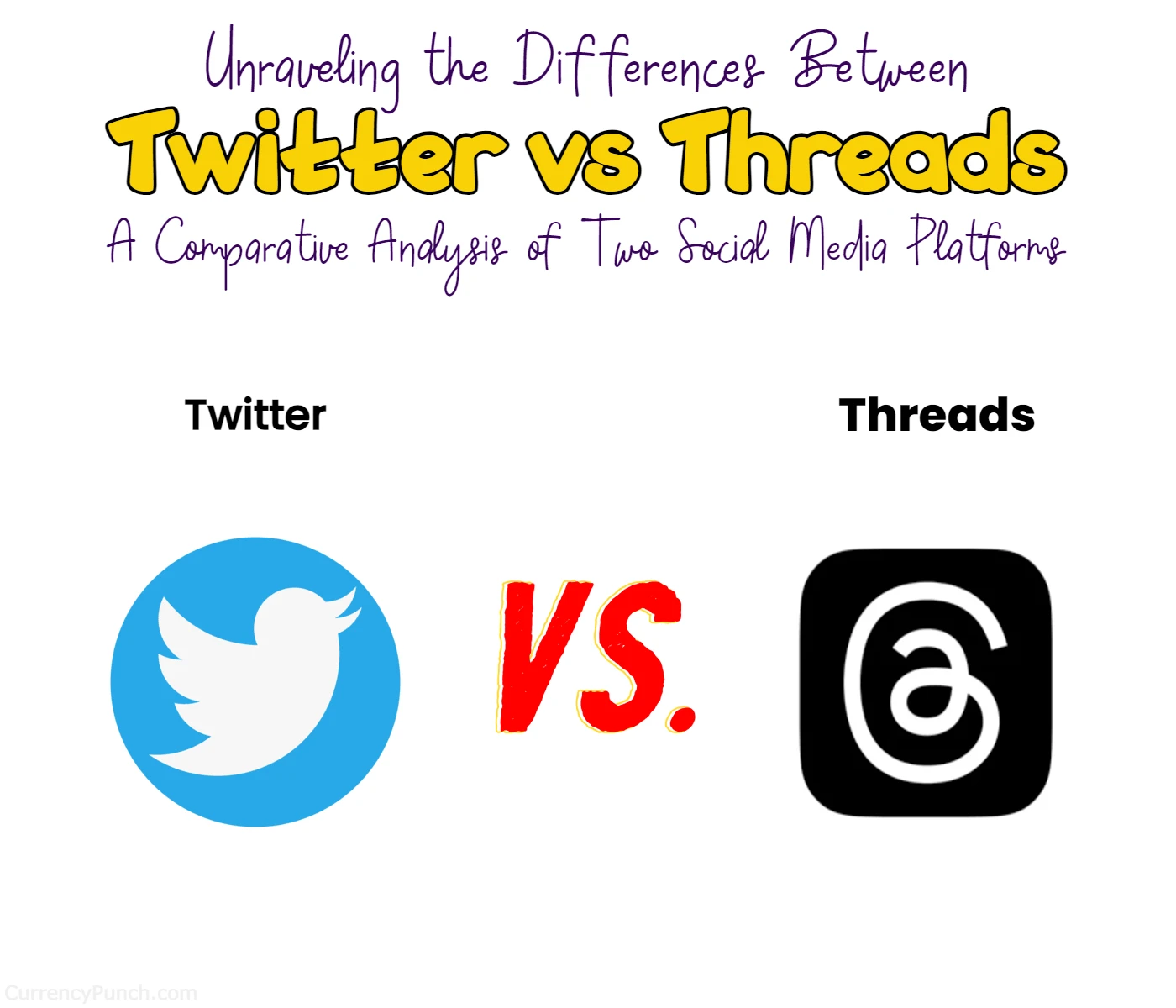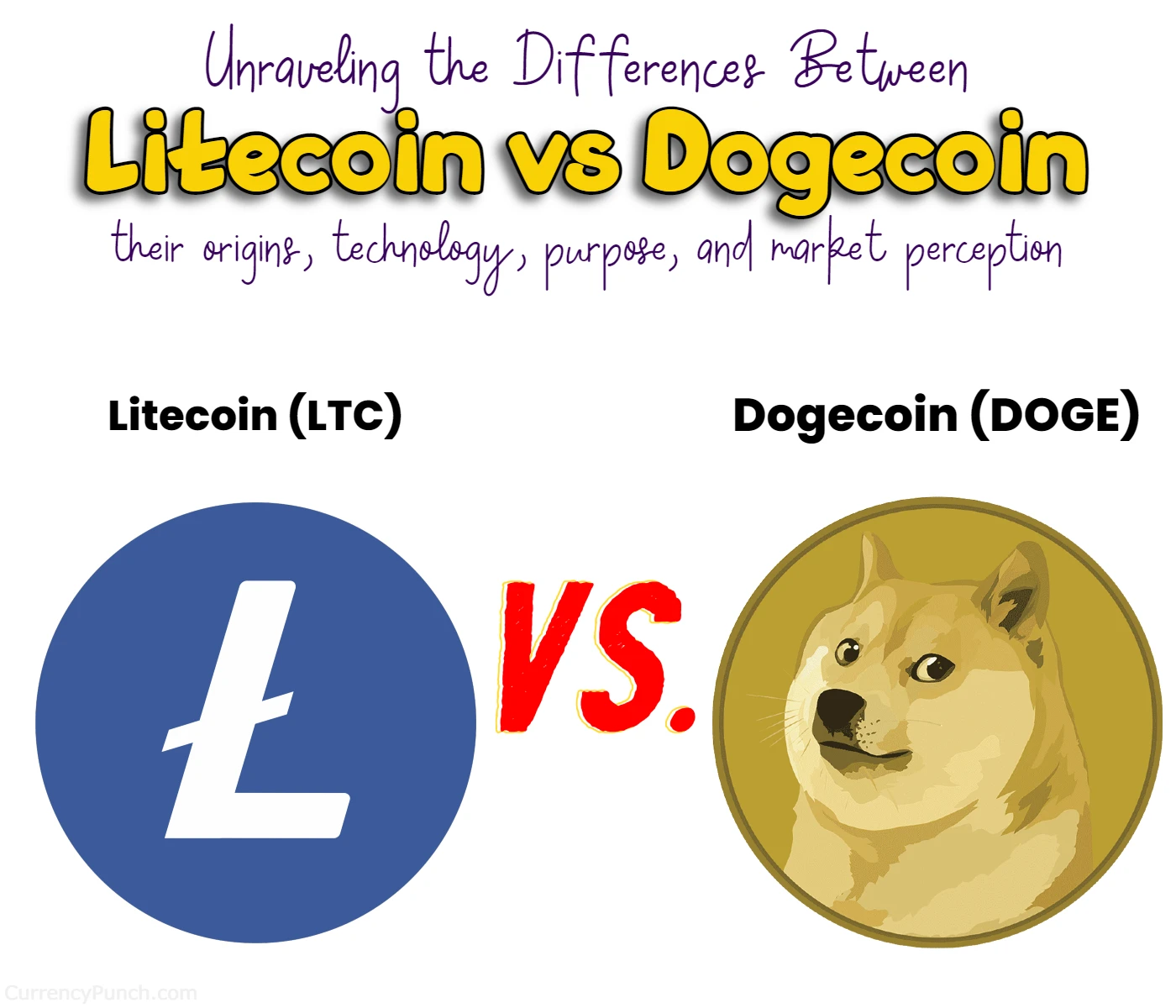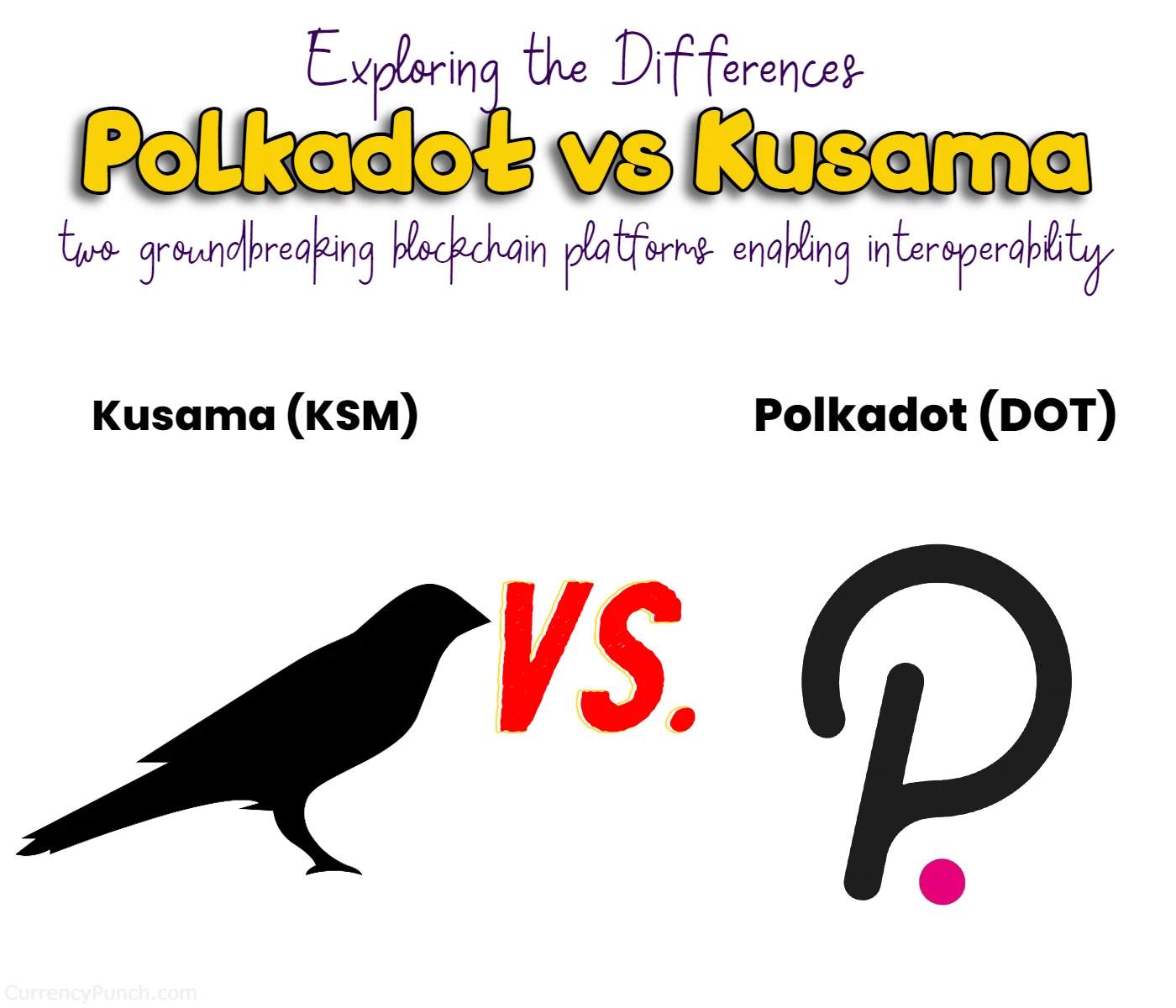Near vs Polkadot
What is the difference between NEAR Protocol (Near) and Polkadot (dot)?

If you’ve been curious about these platforms and how they stack up against each other, you’ve come to the right place. In this article, we’ll delve into their underlying technologies, governance models, approaches to interoperability, and much more. By the end, you’ll have a solid understanding of the unique features and advantages each platform brings to the table. So let’s dive in and explore the fascinating world of Polkadot and NEAR Protocol!
Blockchain technology continues to revolutionize industries, and Polkadot and NEAR Protocol are at the forefront of this innovation. Whether you’re a developer looking to build decentralized applications (dApps) or an investor exploring promising blockchain projects, understanding the differences between Polkadot and NEAR Protocol is essential.
Are you ready to gain insights into the technological nuances, governance structures, and interoperability approaches of Polkadot and NEAR Protocol? By the time you finish reading this blog post, you’ll be equipped with the knowledge to make informed decisions and identify which platform aligns better with your goals and aspirations. So without further ado, let’s embark on this informative journey and uncover the contrasts between Polkadot and NEAR Protocol. Get comfortable and let’s begin!
Here’s a quick chart outlining the key differences between Polkadot (DOT) and NEAR Protocol (NEAR):
| Polkadot (DOT) | NEAR Protocol (NEAR) | |
|---|---|---|
| Technology | Built on Substrate framework, utilizes parachains for specialized blockchains | Sharded blockchain platform with Nightshade consensus mechanism |
| Governance | Decentralized governance through on-chain voting | Human-centric governance emphasizing community involvement |
| Interoperability | Relay chain and parachain architecture | Rainbow Bridge for cross-chain communication |
| Development Tools | Polkadot Substrate, Polkadot.js development environment | NEAR SDK, user-friendly development tools |
| Scalability | Sharded architecture and parallel processing | Sharding mechanism for increased throughput |
| Community | Web3 Foundation support, growing parachain ecosystem | Active community with a focus on collaboration |
| Adoption | Increasing number of connected parachains | Attracting developers and fostering partnerships |
Differences between NEAR Protocol and Polkadot
Overview
Overview of Polkadot
Polkadot is a multi-chain platform that aims to enable the seamless transfer of any type of data or asset across different blockchains. Founded by Gavin Wood, one of the co-founders of Ethereum, Polkadot is built on a unique framework called Substrate, which allows for the creation of customized blockchains known as “parachains.” These parachains can be specialized for specific use cases and interconnected through the Polkadot relay chain.
Polkadot’s architecture is based on a shared security model, where the relay chain provides the underlying security infrastructure for all connected parachains. This enables secure and trustless communication between different chains, fostering interoperability. Polkadot also introduces a governance system that allows token holders to participate in the decision-making process through on-chain voting.
Overview of NEAR Protocol
NEAR Protocol, on the other hand, is a sharded blockchain platform designed to provide a developer-friendly environment for building decentralized applications. NEAR aims to address scalability issues that many blockchain networks face by implementing a unique sharding mechanism. Sharding involves splitting the network into smaller pieces called “shards,” each capable of processing transactions and executing smart contracts independently.
NEAR Protocol leverages a consensus mechanism called “Nightshade,” which combines proof-of-stake (PoS) and threshold cryptography to achieve both security and scalability. With its focus on usability, NEAR offers a developer platform that simplifies the process of building and deploying dApps, attracting developers to create innovative blockchain applications.
Differences in Consensus Mechanisms
One of the key differences between Polkadot and NEAR Protocol lies in their consensus mechanisms. Polkadot employs a variant of the PoS consensus called “Nominated Proof-of-Stake” (NPoS). NPoS allows token holders to nominate validators who are responsible for producing blocks and maintaining the network. Validators are selected based on their stake and reputation within the network.
On the other hand, NEAR Protocol uses a consensus mechanism called Nightshade, which combines both PoS and threshold cryptography. This hybrid approach allows for increased transaction throughput by splitting the network into shards, each with its own set of validators. By dividing the workload among multiple shards, NEAR can process transactions in parallel, improving scalability.
Governance Models
Another differentiating factor between Polkadot and NEAR Protocol is their governance models. Polkadot employs a decentralized governance system where token holders can participate in decision-making through on-chain voting. This allows stakeholders to propose and vote on protocol upgrades, parameter changes, and the addition or removal of parachains.
NEAR Protocol takes a different approach to governance. It utilizes a “human-centric” governance model, emphasizing community involvement and collaboration. NEAR aims to foster an inclusive environment where stakeholders can voice their opinions and contribute to the development of the protocol. Governance decisions on NEAR are made through discussions and proposals within the community, with the goal of achieving broad consensus.
Interoperability and Cross-Chain Communication
Both Polkadot and NEAR Protocol prioritize interoperability and cross-chain communication, but they employ different approaches to achieve this goal. Polkadot achieves interoperability through its relay chain and parachain architecture. Parachains can be specialized for specific use cases and connected to the relay chain, enabling secure communication and data transfer between different chains. This allows assets and information to flow seamlessly across the Polkadot network, promoting interoperability among various blockchain ecosystems.
NEAR Protocol, on the other hand, focuses on interoperability through its “Rainbow Bridge” technology. The Rainbow Bridge is a cross-chain bridge that enables the transfer of assets and data between the NEAR Protocol and other blockchain networks, such as Ethereum. It allows developers and users to leverage the benefits of both platforms while maintaining compatibility and interoperability.
Ecosystem and Development Tools
The ecosystem and development tools provided by Polkadot and NEAR Protocol differ in terms of their approach and available resources. Polkadot offers a comprehensive ecosystem known as the “Polkadot Substrate.” Substrate is a framework that allows developers to build their own customized blockchains or parachains on top of Polkadot. It provides a set of modular components and libraries that simplify the development process and enable rapid prototyping.
In addition to Substrate, Polkadot also has a dedicated development environment called “Polkadot.js.” Polkadot.js provides a collection of tools, libraries, and APIs that developers can utilize to interact with the Polkadot network and build decentralized applications. It offers a user-friendly interface and supports various programming languages, making it accessible to a wide range of developers.
NEAR Protocol provides its developers with the NEAR Software Development Kit (SDK), a comprehensive set of tools, libraries, and documentation for building dApps on the NEAR platform. The NEAR SDK simplifies the development process by offering features such as built-in wallets, key management, and contract testing frameworks. It also provides a user-friendly development environment and supports popular programming languages like Rust and AssemblyScript.
Scalability and Performance
Scalability is a crucial aspect of blockchain technology, and both Polkadot and NEAR Protocol have implemented mechanisms to address this challenge. Polkadot’s approach to scalability lies in its sharded architecture and the parallel processing capabilities of its parachains. By dividing the network into multiple parachains, Polkadot can process transactions in parallel, significantly increasing the overall throughput and scalability of the platform.
NEAR Protocol’s sharding mechanism also contributes to its scalability. By splitting the network into shards, NEAR can process transactions and execute smart contracts in parallel, resulting in improved performance and increased transaction throughput. The Nightshade consensus mechanism employed by NEAR Protocol ensures that the shards work together seamlessly while maintaining the security and integrity of the network.
Community and Adoption
Both Polkadot and NEAR Protocol have vibrant communities and strive for widespread adoption of their platforms. Polkadot benefits from its association with the Web3 Foundation, which provides support and resources for the development and growth of the Polkadot ecosystem. Polkadot has gained traction among developers and projects, with a growing number of parachains being deployed and connected to the network.
NEAR Protocol, with its focus on usability and developer-friendly environment, has also attracted attention from developers and projects. The NEAR community is actively engaged in the development and expansion of the platform, with a strong emphasis on fostering collaboration and inclusivity. NEAR has established partnerships with various projects and organizations to promote adoption and drive innovation within its ecosystem.
Conclusion
In summary, Polkadot and NEAR Protocol are two blockchain platforms that aim to enable the development and deployment of decentralized applications. While both platforms prioritize interoperability and scalability, they differ in their underlying technology, governance models, and ecosystem features.
Polkadot, with its multi-chain architecture and shared security model, provides a comprehensive framework for building and connecting specialized blockchains. Its decentralized governance model empowers token holders to participate in decision-making, ensuring a fair and inclusive platform.
NEAR Protocol, with its sharded blockchain design and user-friendly development environment, offers scalability and ease of use for developers. The Nightshade consensus mechanism combines PoS and threshold cryptography to achieve both security and scalability, while the Rainbow Bridge enables interoperability with other blockchain networks.
FAQs
Polkadot employs a decentralized governance model where token holders can participate in decision-making through on-chain voting. NEAR Protocol follows a human-centric governance model that emphasizes community involvement and collaboration.
Polkadot achieves interoperability through its relay chain and parachain architecture, allowing specialized blockchains to connect. NEAR Protocol utilizes the Rainbow Bridge, a cross-chain bridge that facilitates the transfer of assets and data between NEAR and other blockchain networks.
Both Polkadot and NEAR Protocol prioritize scalability. Polkadot achieves scalability through its sharded architecture and parallel processing capabilities of parachains. NEAR Protocol also employs sharding to process transactions and execute smart contracts in parallel.
Both platforms have active communities, but they differ in their support and partnerships. Polkadot benefits from the support of the Web3 Foundation and has seen increased adoption with the deployment of various parachains. NEAR Protocol has also gained traction and emphasizes collaboration within its community.
Read More:
Page Contents



